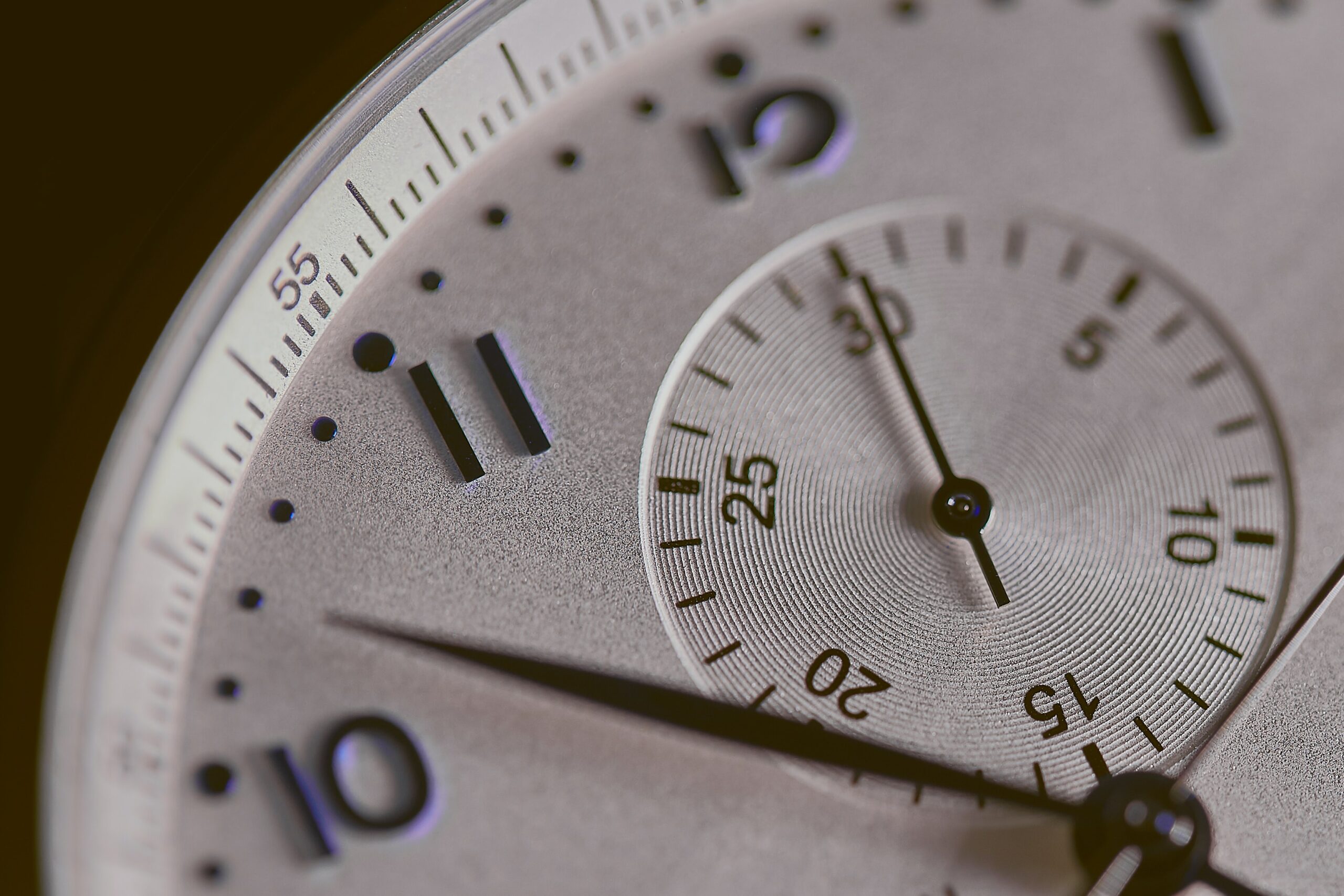An option exercise price is the price level where the option starts to take on intrinsic value. It represents the price the buyer of a call option will pay for the stock if they exercise their right. Conversely, for put options, the exercise price represents the price at which the put buyer is able to sell shares of stock. For instance, a call buyer of a $50 exercise price will be able to buy shares of stock at $50 if they exercise their right and a buyer of a $50 put will be able to sell shares of stock at $50 if they exercise their right. The exercise price is also referred to as a strike price. Option traders are always faced with the dilemma of which exercise price to trade. This decision should be based on their opinion of the underlying stock. For big moves, they should buy out of the money options. For steady gradual moves they should buy in the money options. Option sellers should choose an exercise price that is at the money if they feel the stock will stay flat. If they feel that the stock or the market might be volatile, they should sell out of the money options to increase their probability of success.
Exercise Price
Definitions
November 11, 2008
2 min read









